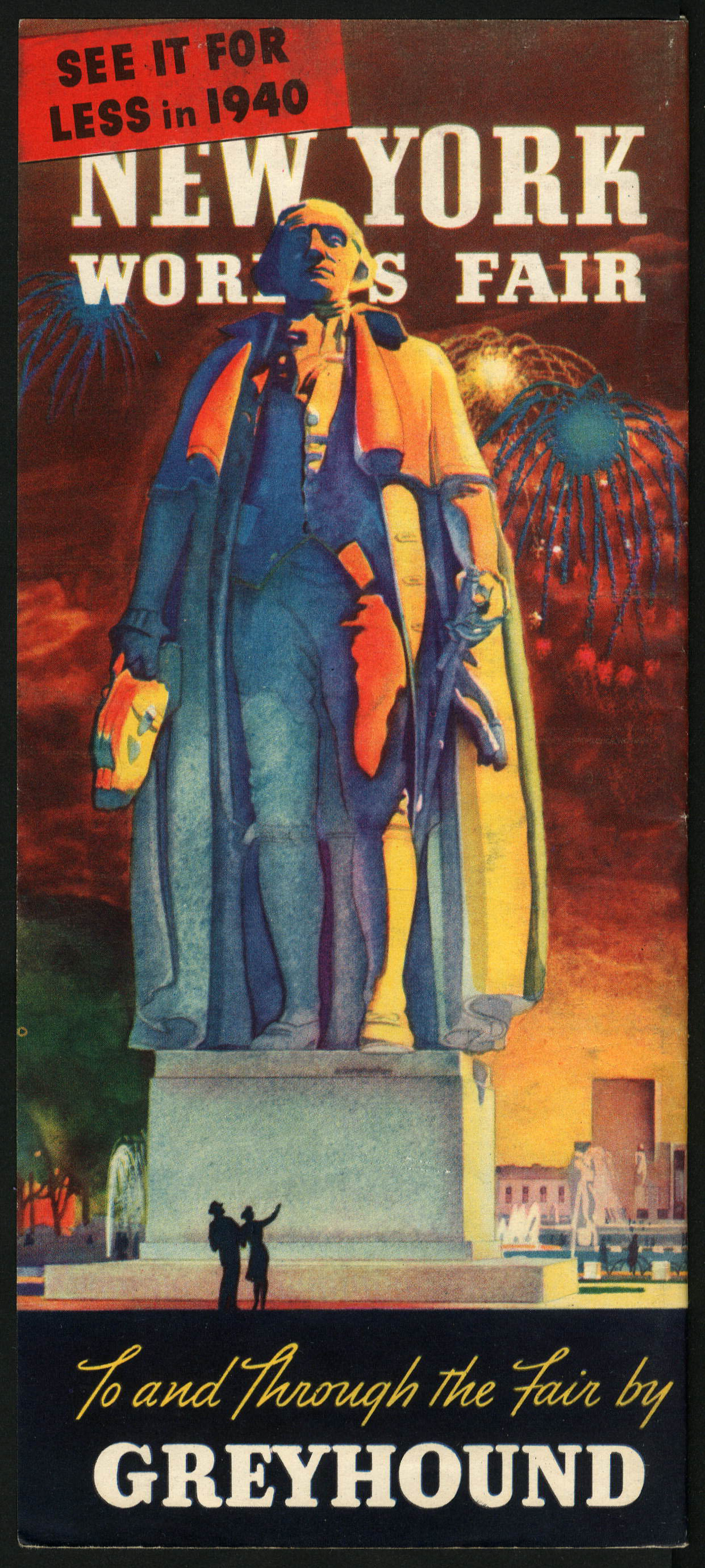Urban Tours and City Breaks
As cities developed, so too did the tourist industry devoted to them. Leisure, Travel & Mass Culture: The History of Tourism has many examples of travel journals, brochures, guidebooks and advertisements describing the city breaks that have, in recent times, developed into a multi-million pound industry.
Whilst visits to cities have enjoyed popularity since ancient times, early arranged tours featured in the collection often deal with either tours of regions in general or specific trips to particular events. Thomas Cook’s first ventures were to ferry people to the Great Exhibition in London (see Cook's Exhibition Herald and Excursion Advertiser, 1851), to organise train travel to football matches in the north of England and to guide people on adventurous tours of Europe and the Middle East. Alongside this, people explored the countryside and sights of the USA, Europe and the UK in long mutil-destination tours, or enjoyed a short day trip to nearby coastal locations. As travel and transport became quicker and more convenient, however and cities and urban destinations developed into impressive places in their own right, city breaks increased in popularity.
In the Anthony Stanonis Collection of Travel Diaries at Loyola University, New Orleans, many writers enjoy time spent in New Orleans and report of its various sights and attractions. Popular activities include exploring the ‘voodoo’ culture of the city, visiting the various museums and enjoying the local cuisine, as seen in this 1950 diary, My Trip, describing a tour of the city. Sightseeing is an integral part of the urban tour and guidebooks were swiftly developed to direct people around the increasingly large cities. New York and New Orleans, in particular, mastered this swiftly and Leisure, Travel & Mass Culture: The History of Tourism contains many guidebooks from The Newberry Library and Loyola University, New Orleans devoted solely to touring these famous cities (see brochures such as Historic Old New Orleans, La). Tourists were advised on where to stay, what to eat, how to travel and what to see. Cities could offer culture, history and entertainment and, as tourism became cheaper and more accessible, there were plenty willing to take them up on this.
As well as boosting the tourist industry, the industry in turn encouraged the development of cities. As governments and councils began to recognise the benefits of visitors, the development of accommodation, transport and historical sites increased and many cities became boom towns. The English town of Bath is a prime example of the success of a city developing as a direct result of tourism (see the 1925 Tourist Guide to Bath). Once popular with the Romans for its natural hot springs, it regained popularity in the Georgian period and eventually was granted World Heritage status in the twentieth century, cementing it as a popular destination in the UK. Featured both in guidebooks and brochure from The National Archives, UK and the Thomas Cook Archives, it was the income derived from tourism which helped develop the historic museums, including the ancient Roman natural spa, which now cater for tourists from all over the world.
The expansion of transport played an integral part in the subsequent development of towns and cities. Linking cities with railways and railroads increased ease of travel and the likelihood of visitors to otherwise out of the way towns. A single rail tour could take a tourist to the most impressive cities in the USA or connect them to a nearby city for a weekend break in just a few hours, as shown in the scrapbook Day by Day Story of "NC" Tour based on a tour of California. Travelling around cities became easier with the advent of underground train systems and reliable bus routes and companies strived to communicate this ease to potential visitors through their direct marketing literature. The world became simultaneously smaller and larger, as places once deemed largely unreachable were quickly reached and the opportunities for further travel seemed endless.
View all documents with this theme here.



